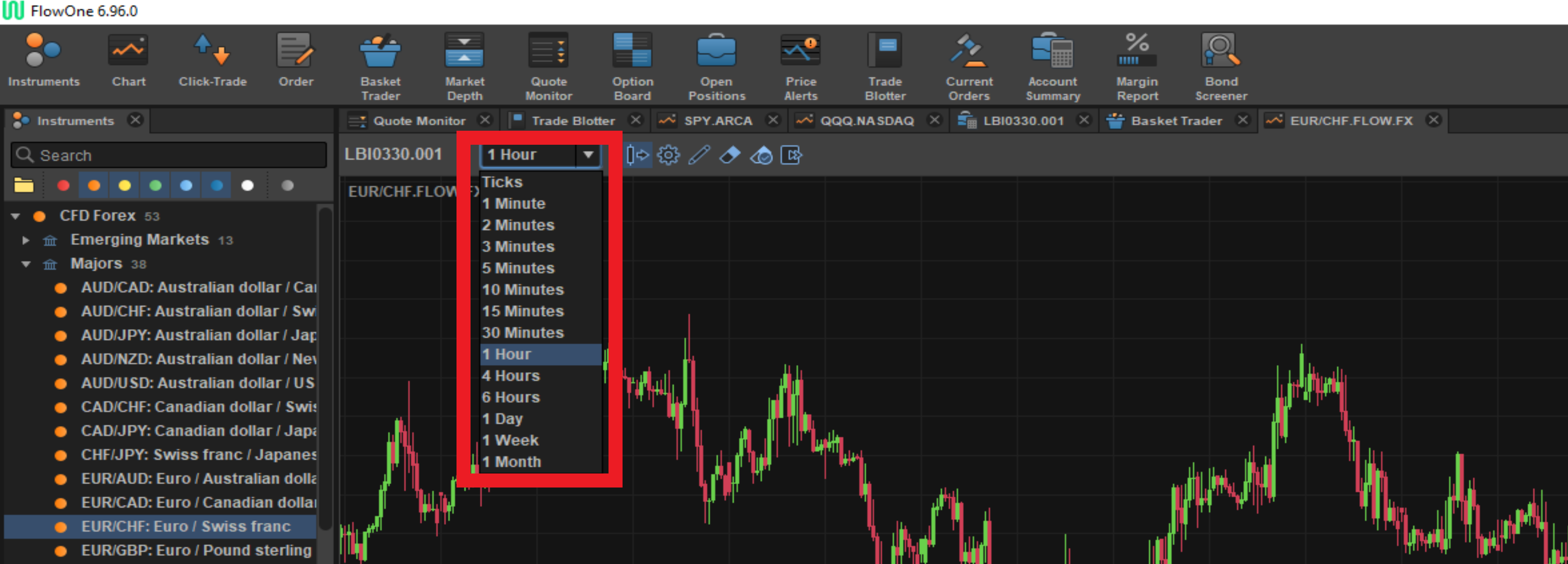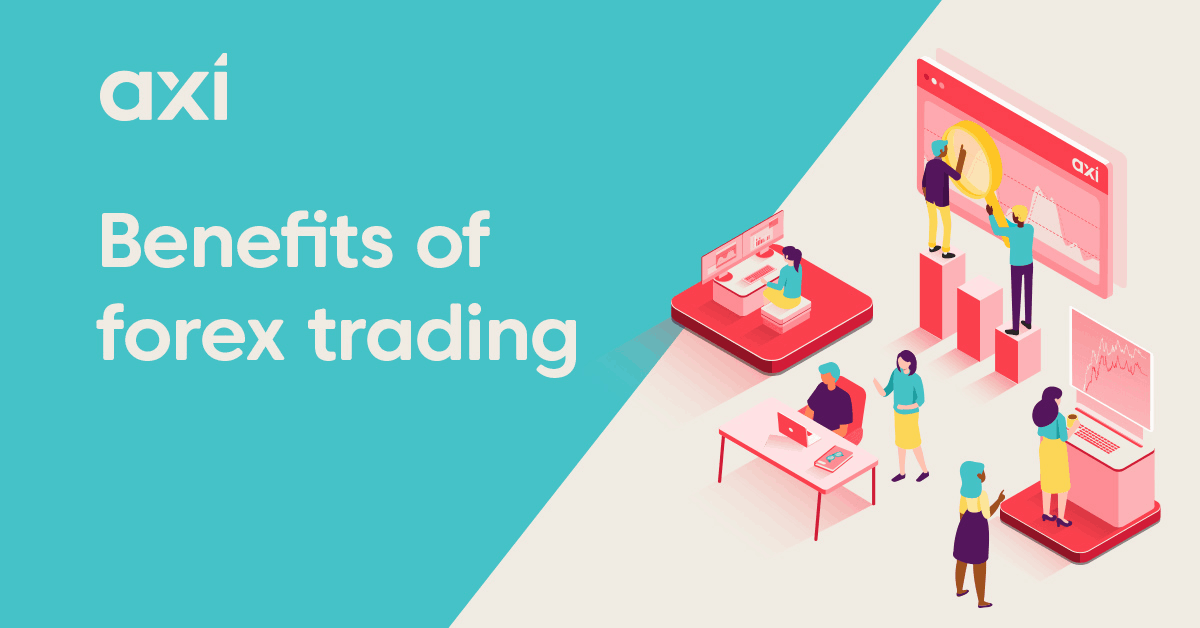
It doesn't matter if you're an experienced trader or a beginner. Understanding forex liquidity can be crucial. It is essential to understand the workings of forex markets in order to save time and money. Understanding how currency pairs affect liquidity will be important. You'll also want to see if your broker offers you the highest liquidity.
Liquidity in the Forex market is measured by the amount of currency pairs traded in any given session. It is also important to take into account the time of day when you are trading. Because some markets are smaller than others, this is critical. The volume indicator on a trading platform can also give traders a good indication of the market's flow.
The best indicator of liquidity is usually a high volume of forex trading. Liquidity can also impact order execution, spreads as well as bid-offer spreads. This is particularly true for larger currency pairs. Your broker may not have sufficient liquidity to fulfill the order. You'll likely be offered a re-quote, or a price gap.

There are two main types forex liquidity. High liquidity refers specifically to the most liquid currency pair, such as EUR/USD. Low liquidity refers more liquid currency pairs like the GBP/JPY. Low liquidity can cause price gaps in Forex markets during market movements, such as an announcement by a central bank.
Forex markets are a 24-hour market. This means there is both high liquidity periods and low liquidity periods. Markets with shorter trading hours have fewer participants. This is especially true when dealing with exotic currencies.
Because there are fewer delays between orders being processed, a market with high liquidity makes trading easier. The Forex market is a great place for beginners to trade. But liquidity in Forex markets does not necessarily translate into liquidity in real life. It's also important to consider leverage, which increases the risk of your trades. While leverage can be a great tool to increase your trading profits it can also come with risks if you use it incorrectly.
There are two main types you can use for liquidity indicators: volume bars or tick volume indicators. Tick volume indicators can be applied on any price feed. The volume bar gives you an idea of how liquid a particular currency pair is, but these indicators are less useful if you're using a small broker's platform.

The volume bar, which gives an indicator of Forex market liquidity, is the best. It provides a measure of the volume traded during a certain time period. Start with the most liquid currency pairs if you are a beginner trader. This will increase your chance of achieving a reward-to-risk ratio.
The Force Index is one of the other indicators that show Forex market liquidity. The Force Index offers an indirect view at Forex liquidity. While it's not as accurate as the tick volume indicator (which is also an indicator of market liquidity), it's still a useful indicator of how efficient the market is.
FAQ
What is the role of the Securities and Exchange Commission?
SEC regulates the securities exchanges and broker-dealers as well as investment companies involved in the distribution securities. It enforces federal securities laws.
How are securities traded
The stock market allows investors to buy shares of companies and receive money. Companies issue shares to raise capital by selling them to investors. Investors then sell these shares back to the company when they decide to profit from owning the company's assets.
Supply and demand are the main factors that determine the price of stocks on an open market. When there are fewer buyers than sellers, the price goes up; when there are more buyers than sellers, the prices go down.
There are two methods to trade stocks.
-
Directly from your company
-
Through a broker
What is a Reit?
A real-estate investment trust (REIT), a company that owns income-producing assets such as shopping centers, office buildings and hotels, industrial parks, and other buildings is called a REIT. These companies are publicly traded and pay dividends to shareholders, instead of paying corporate tax.
They are similar to a corporation, except that they only own property rather than manufacturing goods.
Statistics
- "If all of your money's in one stock, you could potentially lose 50% of it overnight," Moore says. (nerdwallet.com)
- Individuals with very limited financial experience are either terrified by horror stories of average investors losing 50% of their portfolio value or are beguiled by "hot tips" that bear the promise of huge rewards but seldom pay off. (investopedia.com)
- US resident who opens a new IBKR Pro individual or joint account receives a 0.25% rate reduction on margin loans. (nerdwallet.com)
- For instance, an individual or entity that owns 100,000 shares of a company with one million outstanding shares would have a 10% ownership stake. (investopedia.com)
External Links
How To
How to open and manage a trading account
The first step is to open a brokerage account. There are many brokers out there, and they all offer different services. There are many brokers that charge fees and others that don't. Etrade, TD Ameritrade Fidelity Schwab Scottrade Interactive Brokers are some of the most popular brokerages.
Once you have opened your account, it is time to decide what type of account you want. One of these options should be chosen:
-
Individual Retirement Accounts (IRAs).
-
Roth Individual Retirement Accounts (RIRAs)
-
401(k)s
-
403(b)s
-
SIMPLE IRAs
-
SEP IRAs
-
SIMPLE 401 (k)s
Each option has different benefits. IRA accounts offer tax advantages, but they require more paperwork than the other options. Roth IRAs allow investors deductions from their taxable income. However, they can't be used to withdraw funds. SIMPLE IRAs can be funded with employer matching funds. SEP IRAs work in the same way as SIMPLE IRAs. SIMPLE IRAs have a simple setup and are easy to maintain. Employers can contribute pre-tax dollars to SIMPLE IRAs and they will match the contributions.
Finally, you need to determine how much money you want to invest. This is your initial deposit. Most brokers will offer you a range deposit options based on your return expectations. You might receive $5,000-$10,000 depending upon your return rate. The lower end of this range represents a conservative approach, and the upper end represents a risky approach.
Once you have decided on the type account you want, it is time to decide how much you want to invest. You must invest a minimum amount with each broker. These minimums vary between brokers, so check with each one to determine their minimums.
After you've decided the type and amount of money that you want to put into an account, you will need to find a broker. Before selecting a brokerage, you need to consider the following.
-
Fees-Ensure that fees are transparent and reasonable. Brokers will often offer rebates or free trades to cover up fees. However, some brokers actually increase their fees after you make your first trade. Don't fall for brokers that try to make you pay more fees.
-
Customer service - Look for customer service representatives who are knowledgeable about their products and can quickly answer questions.
-
Security - Make sure you choose a broker that offers security features such multi-signature technology, two-factor authentication, and other.
-
Mobile apps - Find out if your broker offers mobile apps to allow you to view your portfolio anywhere, anytime from your smartphone.
-
Social media presence - Check to see if they have a active social media account. If they don’t, it may be time to move.
-
Technology - Does this broker use the most cutting-edge technology available? Is the trading platform easy to use? Are there any glitches when using the system?
After choosing a broker you will need to sign up for an Account. Some brokers offer free trials while others require you to pay a fee. After signing up, you will need to confirm email address, phone number and password. Then, you'll be asked to provide personal information such as your name, date of birth, and social security number. The last step is to provide proof of identification in order to confirm your identity.
Once verified, you'll start receiving emails form your brokerage firm. These emails will contain important information about the account. It is crucial that you read them carefully. This will include information such as which assets can be bought and sold, what types of transactions are available and the associated fees. Also, keep track of any special promotions that your broker sends out. These could be referral bonuses, contests or even free trades.
Next, you will need to open an account online. Opening an account online is normally done via a third-party website, such as TradeStation. Both websites are great resources for beginners. To open an account, you will typically need to give your full name and address. You may also need to include your phone number, email address, and telephone number. Once you have submitted all the information, you will be issued an activation key. This code is used to log into your account and complete this process.
Now that you have an account, you can begin investing.